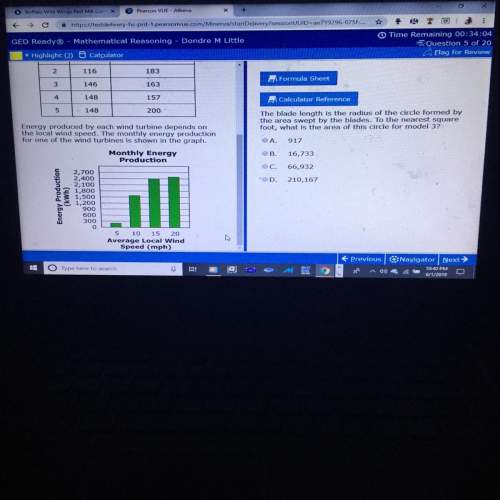
Mathematics, 29.06.2019 16:20 rhondafits9000
Consider the following reduction ad absurdum proof in propositional logic. the justification lines (to the right) are missing. fill in the blanks. 1. a ⊃ ~b premise 2. ~b ⊃ (c . b) premise 3. ~c v ~b premise 4. a premise / show x 5. ~x assumption for purposes of indirect proof 6. ~b 7. ~(c . b) 8. b 9. ~a 10. a . ~a 11. ~x ⊃ (a . ~a) 12. ~ (a . ~a) 13. x 4,2 mp; 3 dm; 7,2 mt; 8,1 mt; 4, 9 conj.; 6-11 indirect proof; nc; 5,13 mt 3,1 mp; 3 dm; 6,2 mt; 8,1 mp; 4, 9 conj.; 5-11 indirect proof; nc; 12,13 mt 4,1 mp; 3 dm; 7,2 mt; 8,1 mt; 4, 9 conj.; 5-10 indirect proof; nc; 11,12 mt 4,1 mp; 3 dm; 7,2 mt; 7,1 mt; 4, 9 add.; 5-11 indirect proof; conj; 12,1

Answers: 2


Other questions on the subject: Mathematics



Mathematics, 21.06.2019 19:20, docholiday
Math each whole number with a rational, exponential expression
Answers: 1

Mathematics, 21.06.2019 19:50, Roshaan8039
Prove (a) cosh2(x) − sinh2(x) = 1 and (b) 1 − tanh 2(x) = sech 2(x). solution (a) cosh2(x) − sinh2(x) = ex + e−x 2 2 − 2 = e2x + 2 + e−2x 4 − = 4 = . (b) we start with the identity proved in part (a): cosh2(x) − sinh2(x) = 1. if we divide both sides by cosh2(x), we get 1 − sinh2(x) cosh2(x) = 1 or 1 − tanh 2(x) = .
Answers: 3
You know the right answer?
Consider the following reduction ad absurdum proof in propositional logic. the justification lines (...
Questions in other subjects:

Biology, 23.11.2020 06:50


Chemistry, 23.11.2020 06:50



History, 23.11.2020 06:50


History, 23.11.2020 06:50





